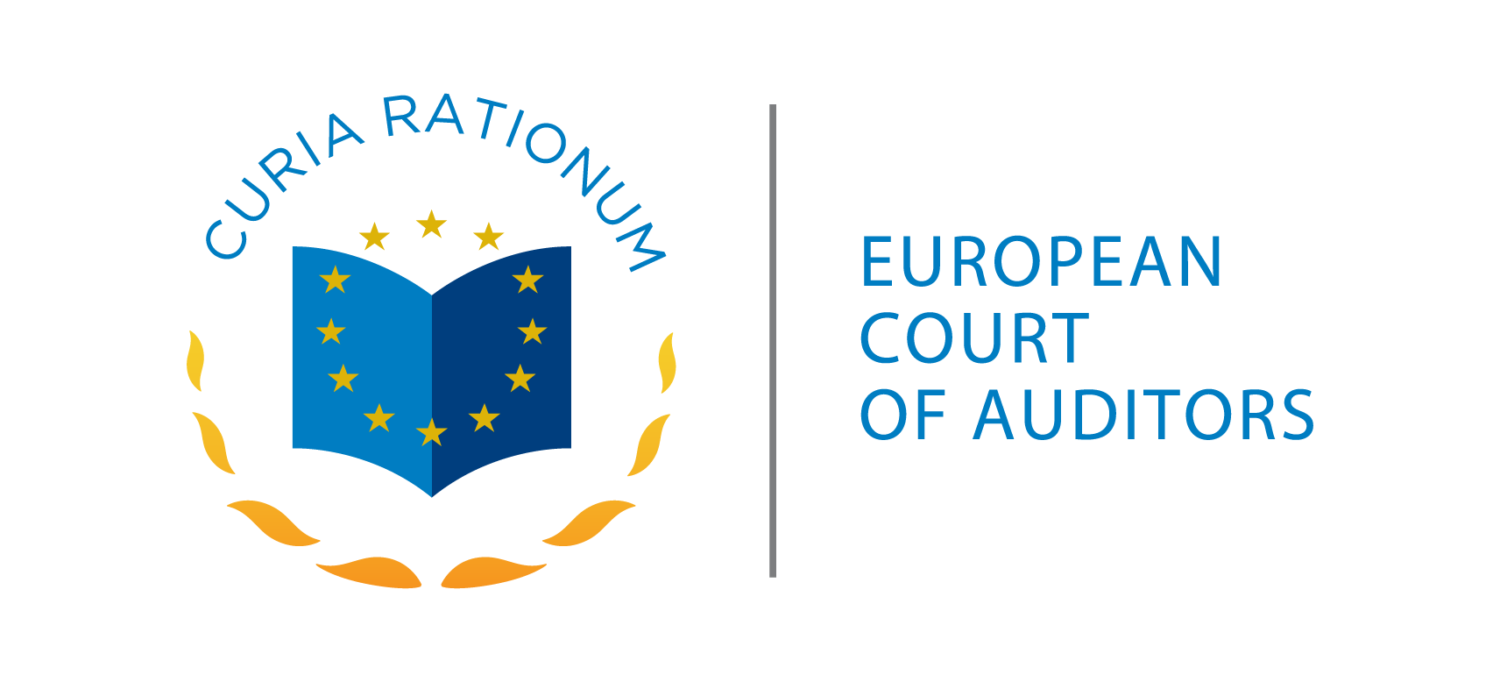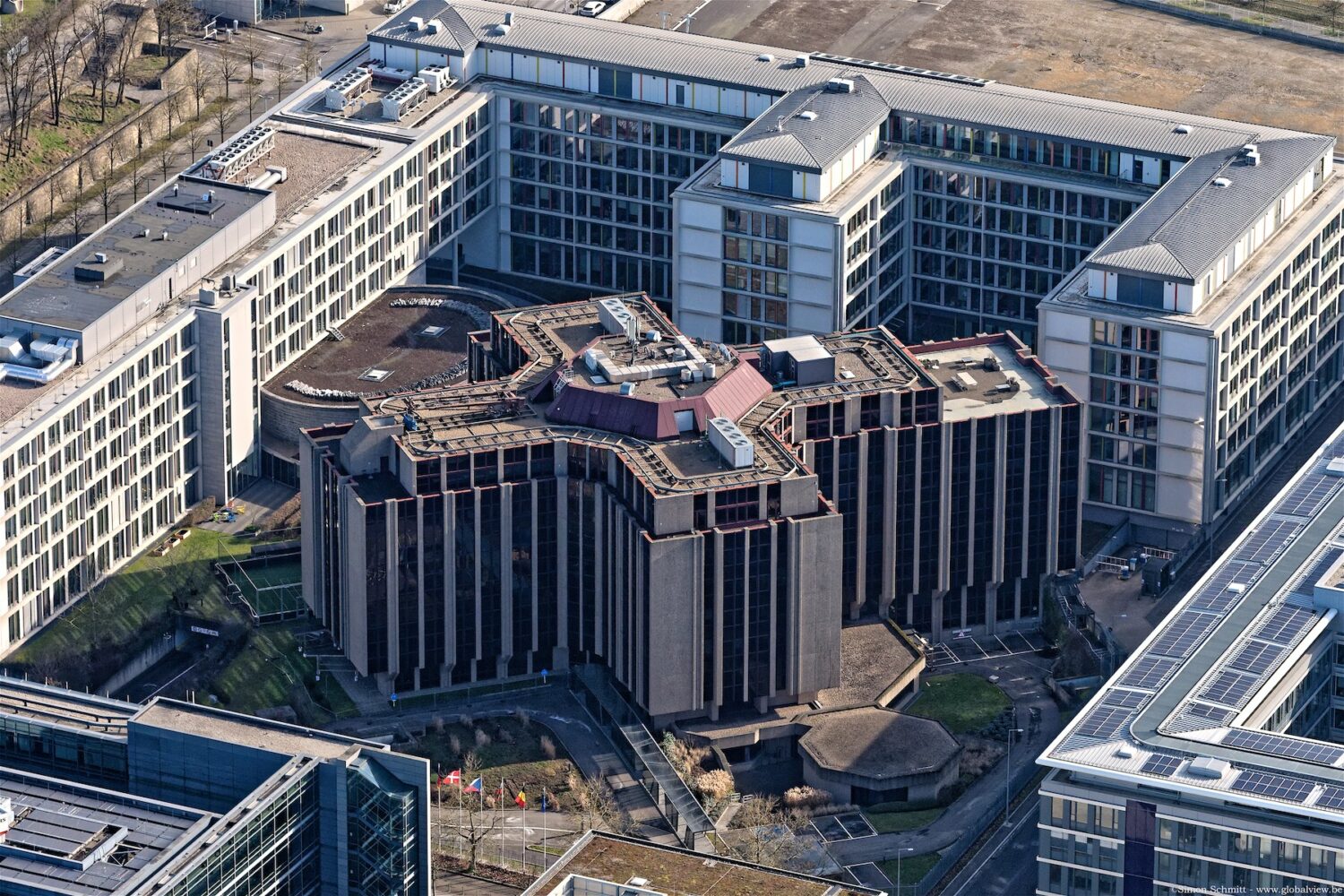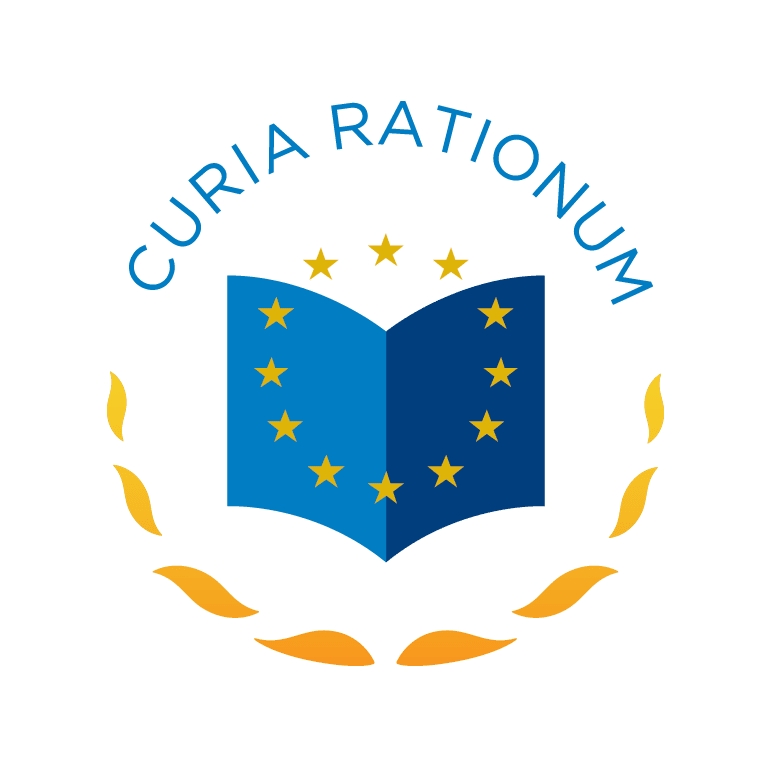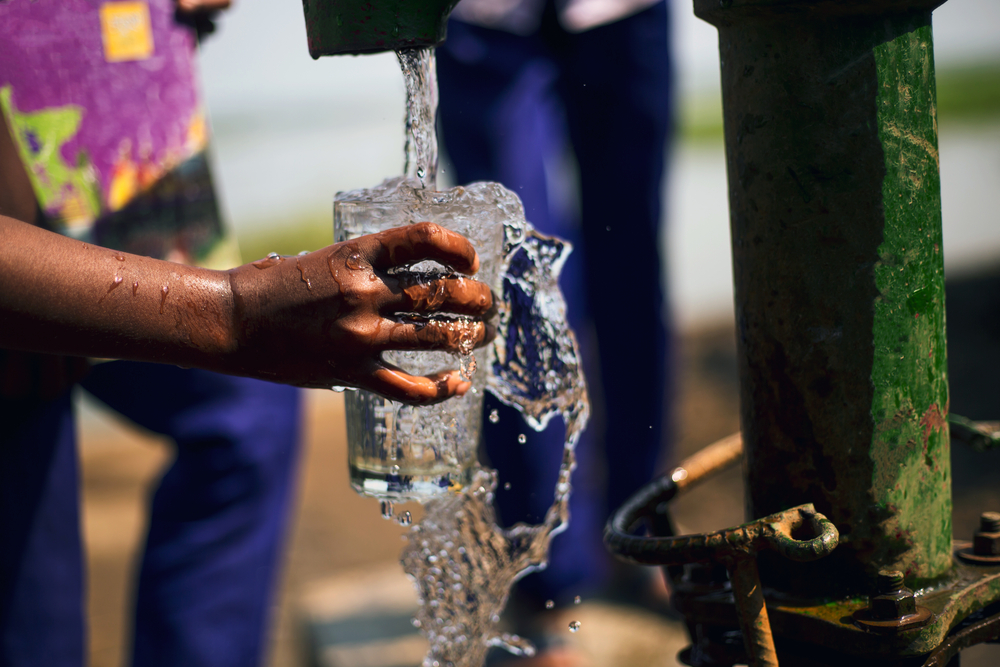Improvements needed in the way the EU’s €79 billion development aid is allocated and monitored
> Comprehensive programmes address partner country needs and EU priorities
> No consistent method is used to set financial allocations
> Monitoring achievements is jeopardized by unclear indicators
The NDICI-Global Europe programming process consists of preparing and adopting country, regional and thematic multiannual indicative programmes (MIPs) for neighbourhood and non-neighbourhood countries. By December 2022, the European Commission had adopted MIPs for 102 partner countries, five regions (sub-Saharan Africa, Southern Neighbourhood, Eastern Neighbourhood, Asia/Pacific and Americas and the Caribbean), four thematic programmes and another MIP for the Erasmus+ programme.
“As NDICI-Global Europe Instrument will shape most EU development aid and external cooperation in the coming years, programming it well is crucial to effective delivery and impact,” said Hannu Takkula, the ECA member who led the audit. “However, it is apparent from our findings that work remains to be done in this area: country envelopes are not calculated rigorously enough, and the programmes lack common indicators to allow progress to be measured.”
The EU’s external action was previously implemented through several tools. Merging them into one single instrument (NDICI-Global Europe) was supposed to lead to greater coherence, simplify procedures and clarify spending. But in practice, different methodologies – quantitative for some countries, qualitative for others – are still used to set financial allocations. According to the EU auditors, this does not contribute to the goals of making the allocation of EU’s external action funds more transparent, consistent, comparable and comprehensive.
The analyses of the partner countries’ situations and their needs – which were discussed with a wide range of stakeholders, from partner-country governments and Member States’ representatives to civil society organisations and representatives from the private sector – were comprehensive, and included key political, economic, social and environmental aspects. The selected priority areas were broad, which provides flexibility for adapting to unforeseen events, the auditors acknowledge. But this wide scope can also limit the focus of EU funding and undermine its effects. The MIPs – which were adopted late – also did not ensure that the selected sectors of intervention were those in which EU funding could achieve a high impact.
Finally, the auditors found that the monitoring framework will not necessarily make it possible to measure actual achievements. Most of the approximately 700 sampled indicators were specific, while inconsistent use of common EU indicators jeopardises performance measurement. This is all the more true since the auditors also found a lack of underlying evidence for the baseline data and targets. More than 1 in 5 sampled indicators had either an unclear baseline or none at all, and 1 in 4 had either unclear targets or none at all. In such circumstances, it is barely possible to assess the level of ambition, the auditors conclude.
Background information
NDICI-Global Europe was adopted in June 2021, with retroactive effect from 1 January 2021. It merged a number of instruments used to implement external action from 2014 to 2020, some of which were not included in the EU budget. Although the funding programmes cover a seven-year period (2021-2027), EU money was allocated for the first four years only: the rest will be distributed following a mid-term review.
The NDICI-Global Europe consists of three pillars:
- a geographical pillar (€60 388 million) for EU cooperation with the following four regions: sub-Saharan Africa (at least €29 181 million), Neighbourhood (at least €19 323 million), Asia and the Pacific (€8 489 million), and Americas and the Caribbean (€3 395 million);
- a thematic pillar (€6 358 million) complementing the geographical pillar with support for human rights and democracy, civil society organisations, peace, stability and conflict prevention, and global challenges;
- a non-programmable rapid response pillar (€3 182 million), which aims to respond swiftly to crises.
In addition, a cushion for emerging challenges and priorities (€9 534 million) caters for unforeseen needs and priorities.
Special report 14/2023, “Programming the Neighbourhood, Development and International Cooperation Instrument – Global Europe: comprehensive programmes with deficiencies in the methods for allocating funds and impact monitoring”, is available on the ECA website.
Contacts
Créer gratuitement votre compte pour accéder aux contacts des communicants MediaConnect
C'est parti !Médias

Pour télécharger, merci de vous connecter ou vous inscrire

ECA-Office-07-7-jpg

Pour télécharger, merci de vous connecter ou vous inscrire

ECAHorLogoColourOutlineMasterEnglishEnglish-png

Pour télécharger, merci de vous connecter ou vous inscrire


